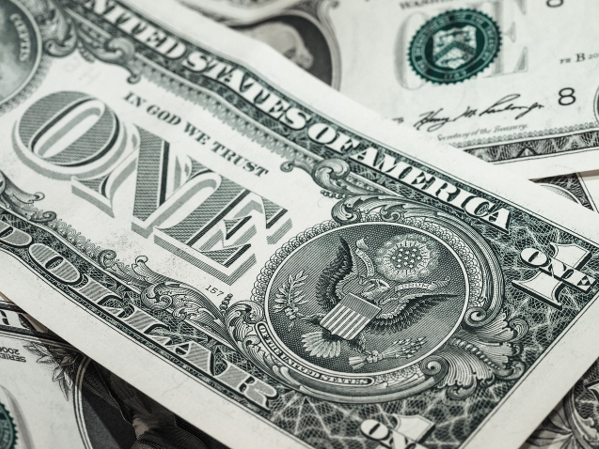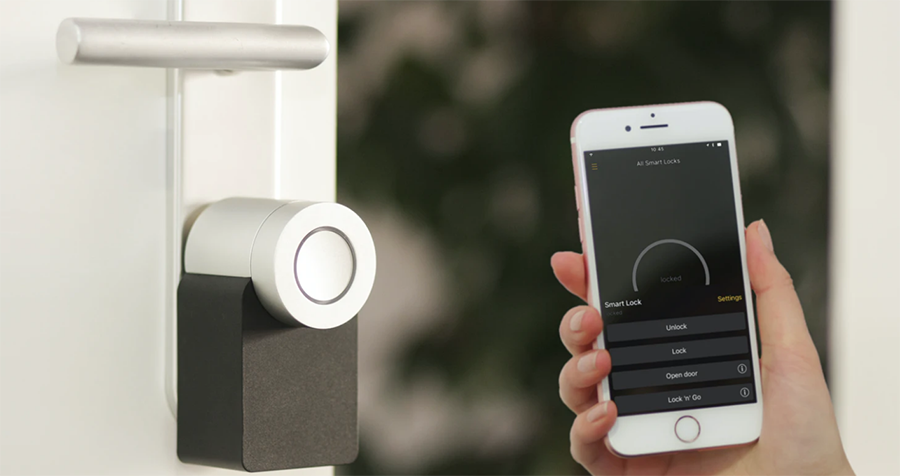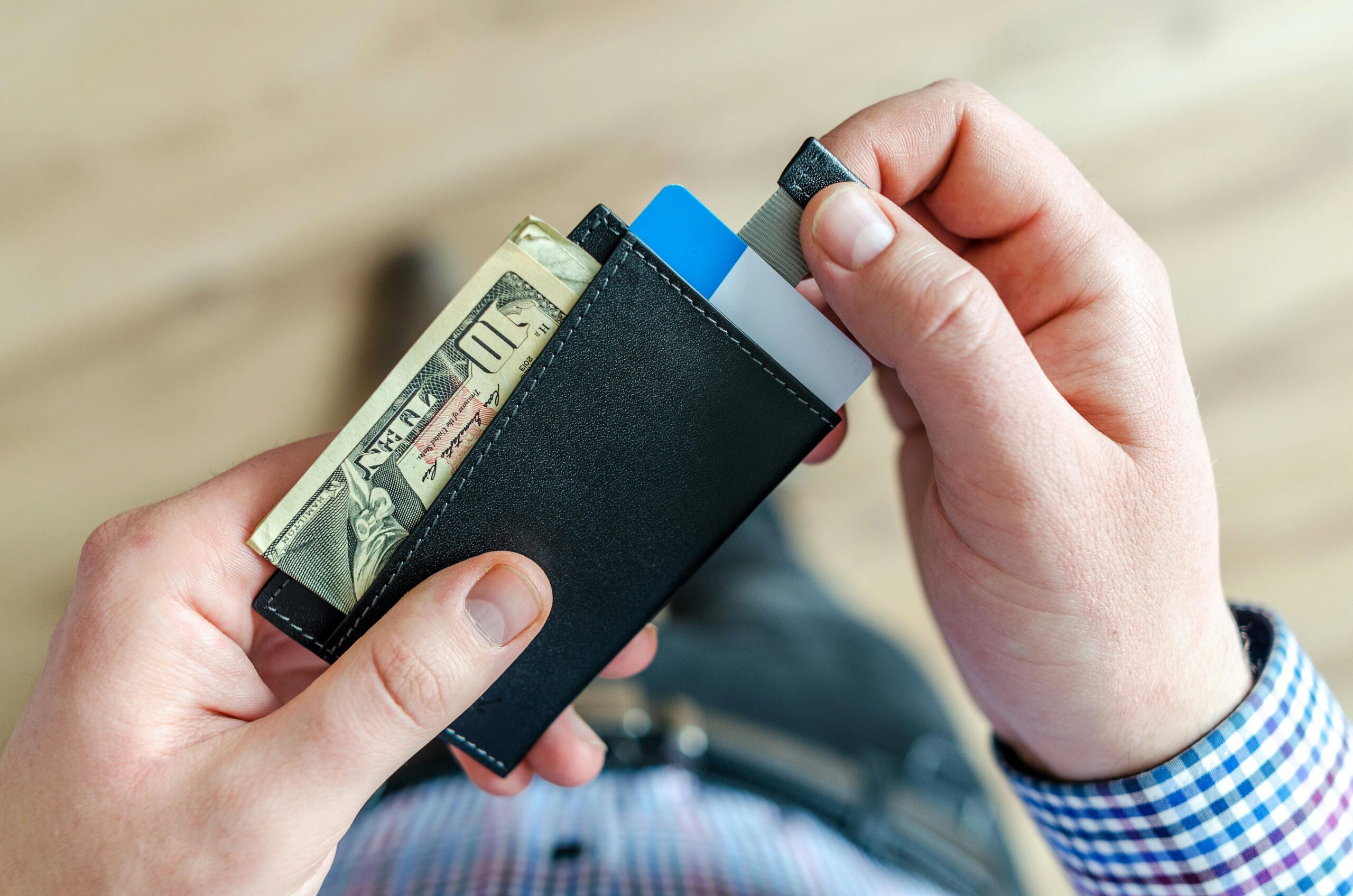Forex can be a confusing world to the uninitiated. Luckily, there is more and more information available to help retail investors understand the asset class. Major educational sites like Investopedia and banks such as Saxo Markets include detailed descriptions of the various currency pairs and tradable assets available.
Spot FX
Spot FX is the simplest sort of FX transaction possible. The name refers to how the trade is executed – immediately. In practice, this means the transaction is settled within two days at the prevailing market place at the time of the order. These transactions are cheap and account for a large chunk of the overall traded forex volume. The majority of global FX transactions are cleared through London banks, with New York and Tokyo the next largest markets.

Because currencies do not trade on an exchange all forex transactions are ‘over the counter’. That is, they are agreed between two private participants. The exchange rates quoted in financial newspapers are the prevailing interbank rates. Retail investors can get close to these on trading platforms, but holiday makers often have to pay much worse rates. This allows intermediaries to make a profit.
FX Forwards
FX forwards are contracts based on the delivery of a currency at a set date in the future. They differ from the similar FX futures in that they are not exchange traded. This means forward contracts can be customised by either party. Futures function identically but are standardised and exchange traded. Chicago is the world centre of futures trading.
FX Options
A more complex product, options give the owner the right – but not the obligation – to sell an asset at a set ‘strike’ price on a certain date. They are used as a risk management strategy by corporates and financial institutions, as well as by speculators to make money. Their trading by retail speculators is controversial, as very few make money.
The pricing of options involves complex models and calculations. Like forwards, options are traded over the counter. The most simple option types are calls and puts. Investors can both buy and sell (or ‘write’) options. The option writer gains a premium. Complex options can be built out of many layered calls and puts, such as the ‘collar’ and ‘condor’ strategies.
Retail FX trading
Since the 1990s, FX trading has become extremely popular with retail investors. Platforms such as metatrader allow retail investors to use interactive charts and execute trades with minimal transaction fees. Some retail traders have found it very profitable, others become frustrated and quit.

The most important thing if you are interested in retail forex dealing is to educate yourself financially. Only by a thorough understanding of the forex market can you make consistent profits.
Technical analysis
Technical analysis is the skill of predicting future price movements by studying past price action. To do this you need charting software – it is possible to make your own by hand but today almost all technical analysts use interactive software.
Candlestick patterns are one form of technical analysis. In this chart type it is possible to identify certain patterns that are associated with trend reversals. This can help you time the market, entering trades at the most profitable point.










